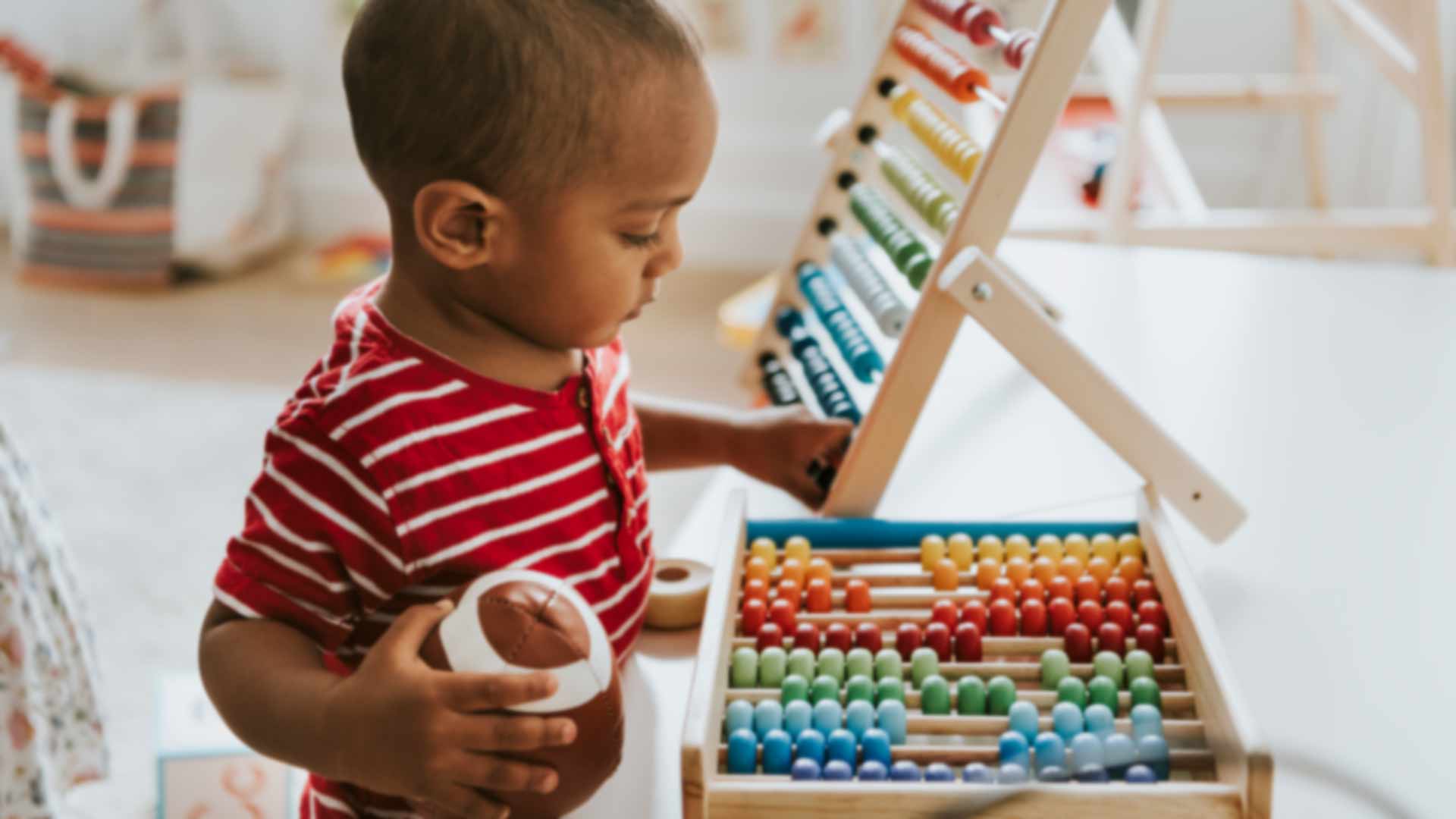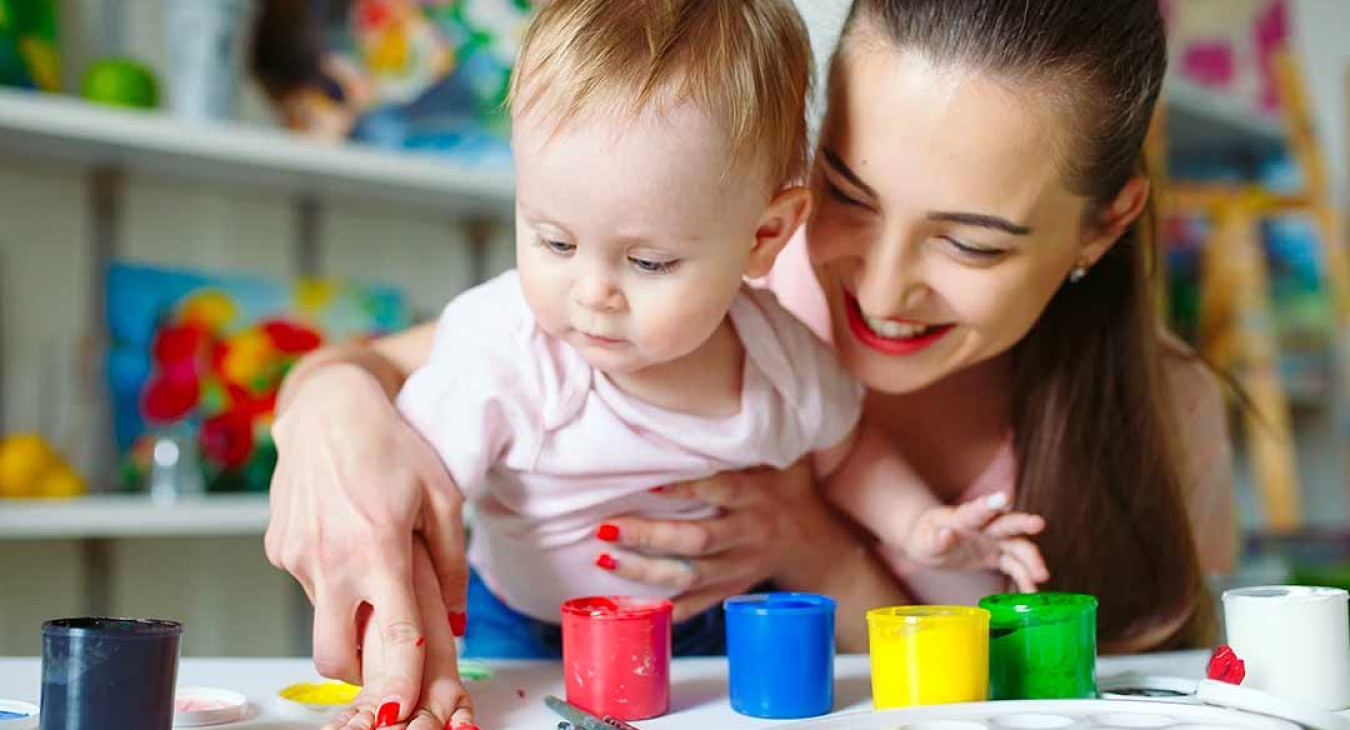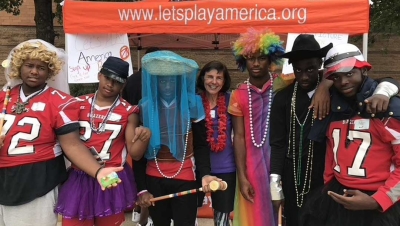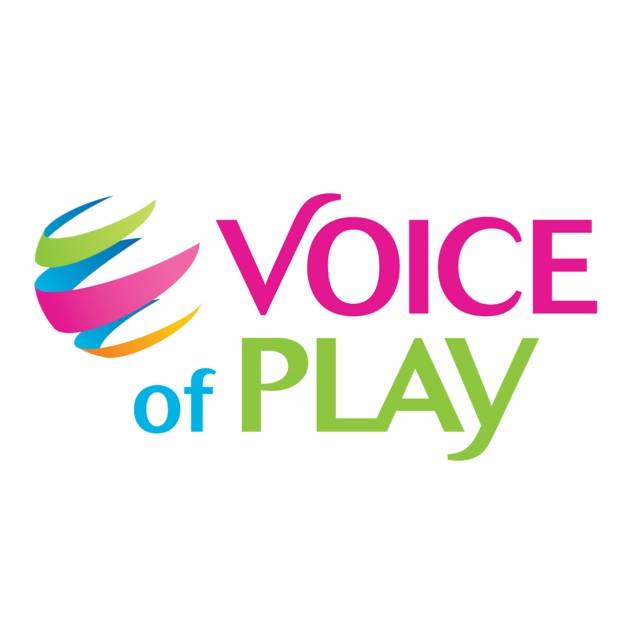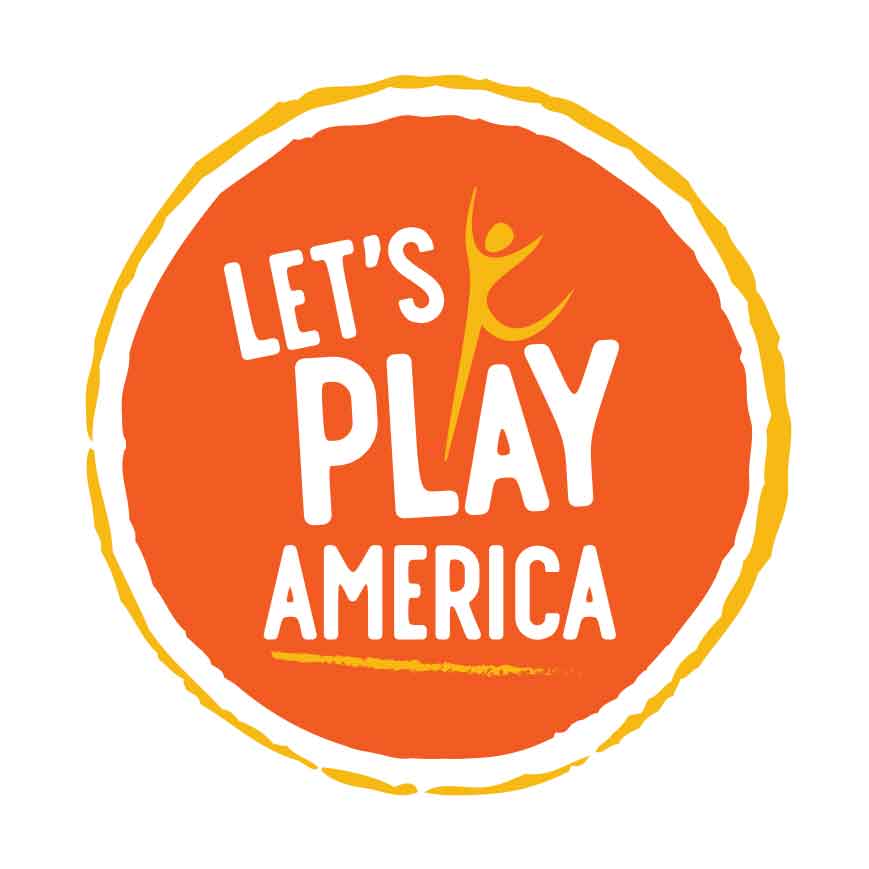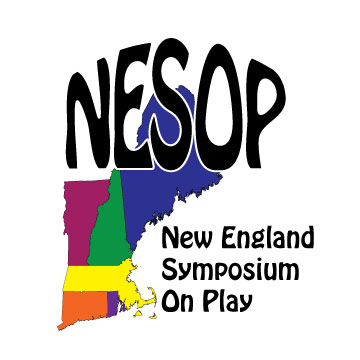Throughout my nearly 5 decades advocating for kid’s play I have tried to convey the message that play is critical to all social creatures, and especially children. My message has been “The Importance of Play.” I am now of the opinion that this was the wrong approach. I sense that believing play is IMPORTANT impedes my, and our, full understanding of play behavior and prevents the creation of fully optimized environments.
Like a doctor who prescribes an ointment for a rash instead of treating the patient’s allergy, when we think about play as a specific behavior, we are looking at the symptom rather than the cause. If we look for the first principles behind play behavior, we see that what is being expressed in play is the physical manifestation of intelligence. This is the key idea; the brain-in-action is “important” not specific play behaviors.
As we discover more and more about artificial intelligence, we come to appreciate and stand in awe of, organic intelligence. Even though both types of intelligence, brains, and computers, can do many of the same things, like solve math problems, the difference is profound. It is the difference between a shovel and water; both can effectively move dirt but they operate in totally different ways.
From the moment they are born, babies have a tremendous capacity for learning. Within days they begin to consume information about the world around them. Their learning ability continues to soar and is soon joined by the ability to organize the information they have acquired. This process of information organization, pattern recognition, is the primary way that organic intelligence is vastly superior to computers. While computers are super powerful at parsing in a linear fashion, organic brains are what are called “massively parallel” information processors; each neuron is tiny but there are millions of them all acting simultaneously.
Play is based on this process of discovery. Play comes after the child has answered the question “What is this?” Only as they develop an overall understanding of an object can they move on to play with it. For example, a toddler will spend a long time getting to know what a spoon is before they discover that it can also be used as a catapult for peas.
As the child continues to gather information, organize it, and then play with that basic set of knowledge, they will discover aspects of their experience on which they want to concentrate; they get “really interested” in something. In this type of play, we see the same playful activities repeated continually. This is called “practice,” the point of which is to perfect a challenging action.
With sufficient practice, the child will gain “mastery.” Generally, once mastery is achieved, the child will want to perform, “Mommy, look it!” The peak of mastery is when the skill is taught to others. Thus play is not an isolated behavior and cannot be meaningfully isolated as a distinct set of activities. Rather play is part of a continuum that looks like this:
Discovery --> Play --> Practice --> Mastery = The Learning Spectrum
As a designer of play environments, I now see that my work has been compromised by a singular focus on play. It has been as if I could understand a rainbow by focusing on red rather than the full continuum of the spectrum. I believe that this chauvinism about play is shared by most people in the developed world. It is the kind of atomistic thinking that modern science has completely invalidated. In almost every branch of science, there is no “object” of study; rather today’s science looks at systems, as scientists have come to understand that what they want to learn about can only be understood in its full context.
What does this insight mean in terms of designing environments for children? The clear implication is that the designer should look first at supporting the discovery process and assess the amount of complexity in the space. Today’s playgrounds are seen as “boring” and there is a strong movement to create “natural” play settings. I believe that both of these sentiments spring from our intuitive understanding that the more complex the environment is, the more it will engage children and that there is nothing more complex than nature. A super clean, orderly, and slick playground is the antithesis of what the child seeks and needs.
Does this mean that swings, slides, and climbers are wrong? No. But they are no more effective at providing the environment questing young minds need than a pill is effective at curing depression. If we were to create a play environment rating system based on this insight, modern hygienic playgrounds would be on one end, a stream in the forest would be on the other, and an adventure playground would be somewhere close to the middle.
This insight of play as a continuum of learning bears not just on the specifics of the environment but to the whole notion that playgrounds, and play as well, are distinctly separate from the “regular” world. I firmly believe that the way we have planned our communities since the ‘40s to create neat spaces and the orderly movement of cars, borders on child abuse. Rather than pigeonhole play to the sandbox and design for maximum efficiency, communities should create and preserve complexity and allow children to robustly engage in the whole spectrum of learning in as many places as possible.

